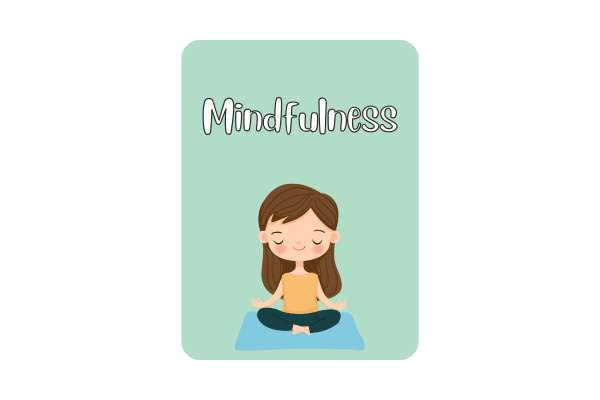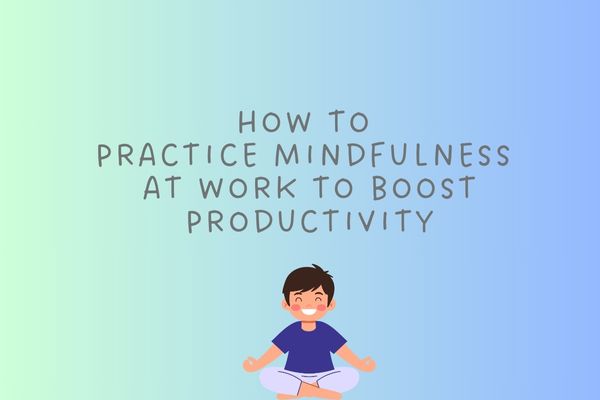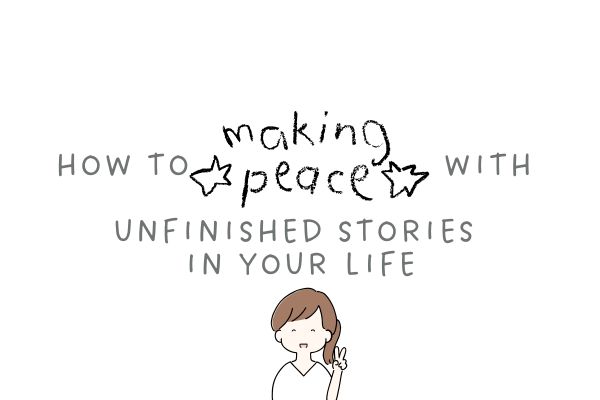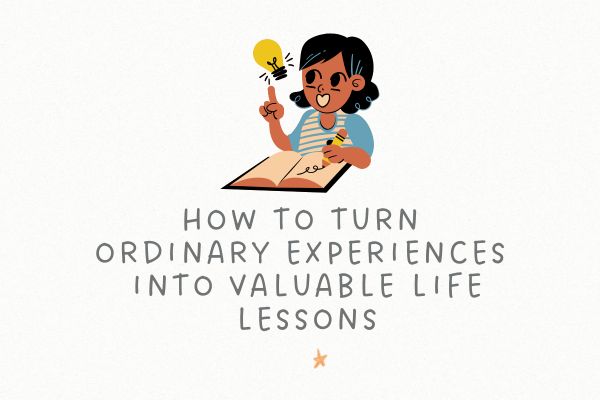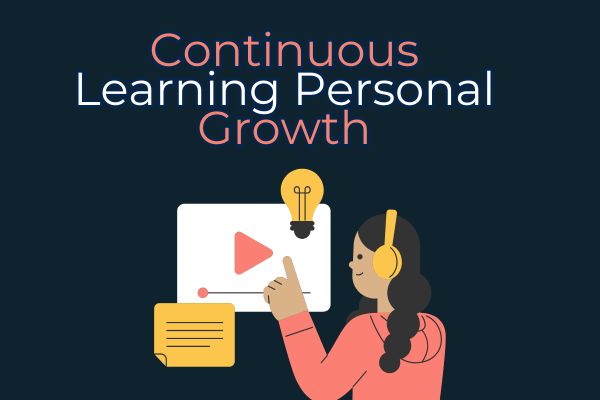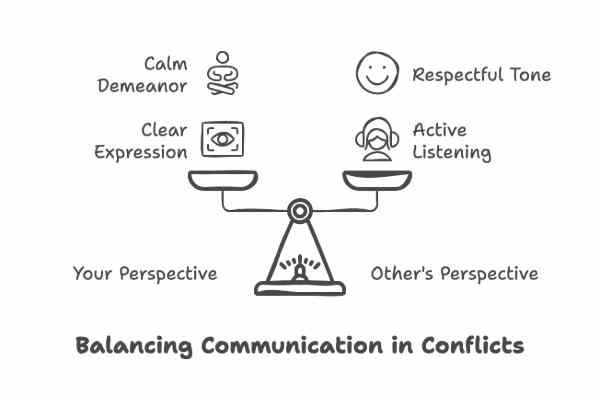Emotions are a powerful force that shape our experiences and influence our behaviors. While they are integral to our well-being, they can also overwhelm us, especially when we experience distress, trauma, or challenging life events. Emotional healing is a journey that requires patience, understanding, and often, a shift in how we approach our feelings. Mindfulness, a practice rooted in being present and fully engaged with the present moment, plays a crucial role in emotional healing. In this article, we will explore the impact of mindfulness on emotional well-being, the science behind it, and how to incorporate it into daily life for healing and growth.
What is Mindfulness?
Mindfulness is the practice of paying attention to the present moment, without judgment. It involves observing our thoughts, emotions, bodily sensations, and the environment around us with awareness and acceptance. Rather than focusing on the past or worrying about the future, mindfulness encourages a state of openness and curiosity about what is happening right now.
The practice of mindfulness has its roots in Buddhist meditation but has since been adapted in a variety of therapeutic contexts, including mindfulness-based stress reduction (MBSR) and mindfulness-based cognitive therapy (MBCT). It is now widely recognized as a valuable tool for improving mental health and emotional well-being.
The Science Behind Mindfulness and Emotional Healing
Mindfulness is not just a trendy wellness practice; it has solid scientific backing. Studies have shown that mindfulness practices can have profound effects on emotional regulation, stress reduction, and mental health. Here’s how mindfulness contributes to emotional healing:
1. Reducing Stress and Anxiety
One of the most immediate benefits of mindfulness is its ability to reduce stress and anxiety. Stress and anxiety are often triggered by ruminating on the past or fearing the future. Mindfulness teaches us to focus on the present moment, breaking the cycle of negative thinking that fuels anxiety. By cultivating awareness of our breath, bodily sensations, and emotions, mindfulness helps to shift our attention away from stressors and back to the present, reducing the intensity of our anxious thoughts.
Example: A person who has recently experienced a stressful breakup might find themselves constantly replaying the events or worrying about their future. By practicing mindfulness, they can acknowledge the pain of the breakup without getting lost in rumination. Instead of thinking about “what ifs,” they focus on the present moment, breathing deeply, and accepting their feelings as they are.
2. Emotional Regulation
Mindfulness helps to improve emotional regulation by fostering greater awareness of our emotions. When we are mindful, we can observe our feelings without immediately reacting to them. This space between the stimulus (the emotion) and the response allows us to choose how we want to respond, rather than being driven by impulse.
For instance, when we are mindful, we can notice the physical sensations that accompany anger, such as a tight chest or clenched fists, before we react. This awareness gives us the power to pause and choose a more constructive response, whether it’s taking deep breaths, walking away, or practicing self-compassion.
Example: Imagine a situation where someone cuts you off in traffic. Without mindfulness, your immediate reaction might be frustration or anger. However, by practicing mindfulness, you become aware of the anger bubbling up within you. Instead of honking your horn and reacting impulsively, you take a deep breath, acknowledge your anger, and remind yourself that the situation doesn’t define your day. This moment of mindfulness allows you to regain control over your emotional response.
3. Promoting Acceptance and Self-Compassion
One of the key aspects of mindfulness is cultivating acceptance—acknowledging emotions without judgment. This acceptance extends to ourselves as well, fostering self-compassion. Self-compassion is essential for emotional healing because it allows us to treat ourselves with kindness and understanding when we face emotional pain.
When we practice mindfulness, we observe our emotions with curiosity rather than criticism. This shift in perspective helps us become less self-critical and more accepting of our imperfections, mistakes, and struggles. Over time, this increased self-compassion can reduce feelings of shame, guilt, and self-blame, which often accompany emotional wounds.
Example: A person recovering from a difficult childhood may have internalized negative beliefs about themselves. By practicing mindfulness, they can become aware of these negative self-judgments and begin to replace them with more compassionate thoughts. Instead of thinking, “I’m worthless,” they may begin to think, “I’ve faced challenges, but I am deserving of love and healing.”
4. Enhancing Resilience
Mindfulness fosters resilience, the ability to bounce back from adversity. When we are mindful, we learn to stay grounded in the present, even when faced with difficult emotions. This ability to stay present and acknowledge our emotions without being overwhelmed by them enhances our capacity to cope with challenges.
Mindfulness also helps to create a sense of emotional balance. By cultivating a non-reactive awareness, we learn to navigate emotional turbulence with greater ease, understanding that emotions are transient and do not define us.
Example: After a major life setback, such as losing a job, mindfulness can help individuals stay grounded and focused on what they can control in the present moment. Rather than spiraling into despair, they practice accepting their feelings of disappointment and frustration without judgment. This acceptance allows them to process their emotions and move forward with greater clarity and determination.
Also check: The Art of Goal Setting
How to Incorporate Mindfulness into Emotional Healing
While mindfulness is a powerful tool for emotional healing, it requires practice and dedication. Here are several practical ways to incorporate mindfulness into your daily life:
1. Mindful Breathing
Mindful breathing is a simple yet effective way to practice mindfulness. By focusing on your breath, you bring your attention back to the present moment and calm your nervous system. When you feel overwhelmed by emotions, take a few minutes to sit quietly and focus on your breath. Inhale deeply for a count of four, hold for a count of four, and exhale for a count of four. This practice can help center your mind and bring clarity during emotional turmoil.
2. Body Scan Meditation
A body scan is a mindfulness practice that involves focusing attention on each part of the body, from head to toe. This practice helps you become more aware of physical sensations, which can be especially helpful for identifying and releasing emotional tension. By bringing awareness to areas of tension or discomfort in the body, you can release emotional blockages and promote healing.
Example: If you’re feeling anxious or stressed, lie down in a comfortable position and slowly bring your attention to your body. Start with your toes, move up to your legs, and continue scanning each body part. As you bring awareness to each area, breathe deeply and allow any tension to release. This practice can help calm the mind and alleviate emotional distress.
3. Mindful Walking
Mindful walking is an excellent way to practice mindfulness when you’re feeling emotionally overwhelmed. Simply focus on the physical sensations of walking—the feeling of your feet touching the ground, the rhythm of your steps, and the movement of your body. By paying attention to the present moment, you allow yourself to reconnect with the world around you and release emotional tension.
4. Journaling with Mindfulness
Journaling can be an effective way to process emotions, especially when combined with mindfulness. When you journal mindfully, you write without judgment, allowing yourself to explore your thoughts and feelings openly. Mindful journaling encourages emotional awareness and self-reflection, helping you process your emotions in a healthy way.
Example: Start by writing down your feelings without censoring yourself. Don’t worry about grammar or structure—just write what comes to mind. As you write, stay aware of how each emotion feels in your body. Are you tense? Relaxed? Do certain words or memories trigger specific feelings? This mindful journaling practice can help you release pent-up emotions and gain clarity.
5. Loving-Kindness Meditation (Metta)
Loving-kindness meditation is a practice where you focus on cultivating feelings of love and compassion for yourself and others. This practice helps foster self-compassion and emotional healing by encouraging positive emotions toward yourself and others, especially when dealing with difficult emotions.
Start by sitting in a comfortable position and silently repeating phrases such as “May I be happy. May I be healthy. May I be at peace.” After a few minutes, you can extend these wishes to others in your life. Over time, loving-kindness meditation can reduce negative self-talk and promote emotional healing.
Also check: How to Use Gratitude Journaling
Conclusion
Mindfulness is a transformative practice that plays a vital role in emotional healing. By fostering awareness, acceptance, and self-compassion, mindfulness helps individuals manage stress, regulate emotions, and build resilience. Whether through mindful breathing, body scans, or loving-kindness meditation, incorporating mindfulness into daily life provides the tools needed for emotional recovery.
Healing is a process, and mindfulness allows us to embrace our emotions without judgment, offering us the space to heal, grow, and thrive. With consistent practice, mindfulness becomes a pathway to emotional well-being, empowering individuals to face life’s challenges with greater peace and emotional stability.
